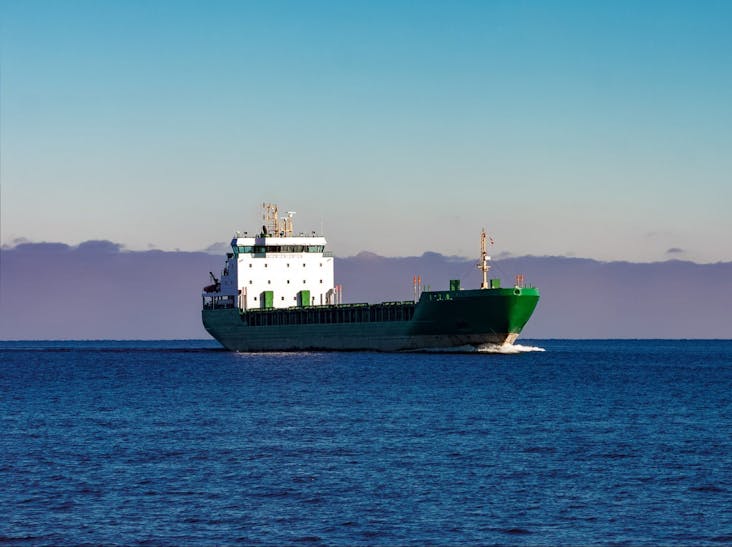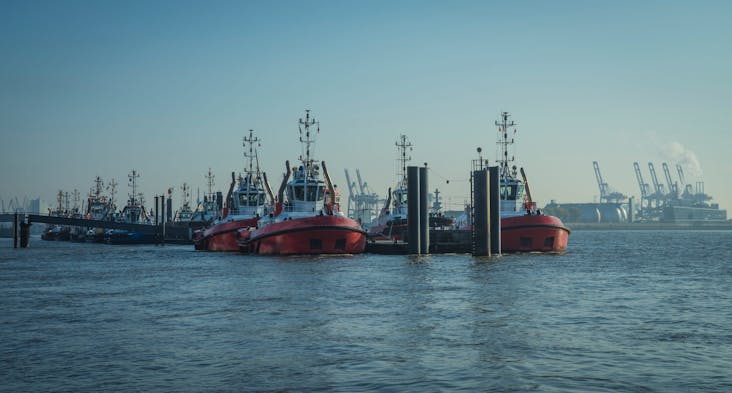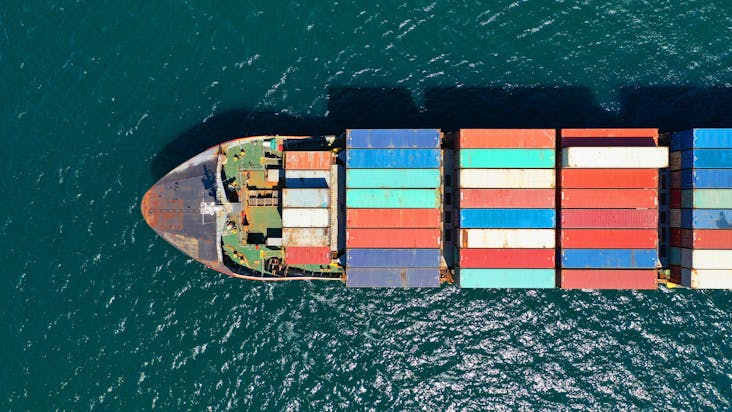Risk selection
Risk selection, i.e. the events and activities that we choose to protect against are important considerations for maintaining profitability. Alandia utilizes very specific processes to ensure that unsustainable risks are not covered. In statutory accident insurance, regulations mean that risk selection is not always possible, so the accuracy of the technical pricing models becomes incredibly important.
Reinsurance is the main tool used to mitigate severe events. This is the process of sharing portions of our risk with third parties — lessening the impact attached to major claims. Our reinsurance structure is covered by several reinsurers, all of whom are subject to regular credit quality checks.
Proper reserving methods are essential to ensure that our capital will cover all expected claims costs Our approach to reserving is conservative, to ensure that capital is available to cover our insurance obligations. Our reserve development is regularly analyzed and adjusted to ensure its role in our claims risk management.

Insurance Risk
Insurance risk is the risk that premiums won’t cover possible claims. This risk is an inherent part of our insurance process, and the insurance risk we take is carefully considered during risk selection, pricing and reserving.
As an insurance provider, we are frequently faced with insurance risk.
To ensure that the pricing process is accurate, we base our technical pricing models on vast maritime and actuarial expertise. This allows us to increase our prospects for long-term profitability.

Market Risk
While insurance risks are the most frequent risks Alandia is exposed to, our largest risk exposure is market risk. Market risk are fluctuations in market prices, interest rates and currency values — hence, the value of our assets. The most significant risk within the market risk category is equity risk.
To ensure that investments are made according to Alandia’s risk appetite the Board establishes an investment plan on an annual basis. This plan considers current market conditions — and mitigates our asset risks by ensuring that the portfolio is well diversified. Our investment objectives include targeted return, liquidity need, asset allocation, currency positions and the use of derivatives.
The investment plan also outlines the organization of our investment activities and the process for monitoring results. Lastly, the investment plan covers which investment decisions need clarification and/or approval from the Board.

Operational Risks
As with any large company, Alandia’s business carries a number of inherent operational risks. These include human error; accounting failures; unclear or incomplete internal processes and guidelines; data error; criminal actions. Eliminating these operational risks entirely is not cost effective, or entirely possible — however, we take significant measures to manage these risks effectively.
One important principle which helps distribute accountability is the use of multiple individuals per one decision. No transaction — or decision — can be completed without the use of internal controls, i.e.: approval from a line manager, or the Board.
Our operational risks are further mitigated through clear and defined segregation of duties throughout all business areas — limitations of authority, clear policies, guidelines and process descriptions for all procedures.

Credit Risk
Credit risk is the risk of losses that could arise if a counterparty cannot fulfil its commitments towards Alandia.
With regards to the insurance business, the main credit risk is that a client becomes insolvent with premiums due to Alandia. While unlikely, we take the necessary precautions to mitigate this risk — with clear underwriting guidelines and specific internal procedures for policy cancellation, and collection.
With regards to reinsurance, the credit risk arises from the risk of a reinsurer not being able to pay their share of claims incurred. We mitigate this risk in two main ways. Firstly, we split the contracts between several reinsurers. This guarantees we are never too reliant on a single party. Secondly, we demand that all reinsurers have a credit quality of two or higher, as defined by the EU commission scale for rating agencies.
Lastly, our credit risk arises within our bond portfolio. By maintaining a well-diversified portfolio — within differentiating market areas and business segments — we reduce our exposure to credit risk through our investments.

Liquidity Risk
Liquidity risk refers to a company’s inability to meet its financial obligations, thus threatening its existence. This can occur if the company holds too many assets which are hard to realize within a short period of time. We manage our liquidity risk by using accurate asset liability management.
Alandia’s risk management guidelines strictly state that liquidity risk is something the company should avoid. Our investment allocation is always managed according to a significant share of total assets having good liquidity, i.e.: funds with daily closures, bonds and money market instruments. Additionally, our reinsurance process is managed to protect against multiple large claims being filed simultaneously, securing our cash flow.
We take a conservative approach to managing liquidity risk. We are constantly monitoring our liquidity to ensure that access to capital reserves is strong enough to cover any worst-case scenario. Continuous follow-up and analysis are built into our internal processes to ensure we always meet our financial obligations by their respective deadlines.


